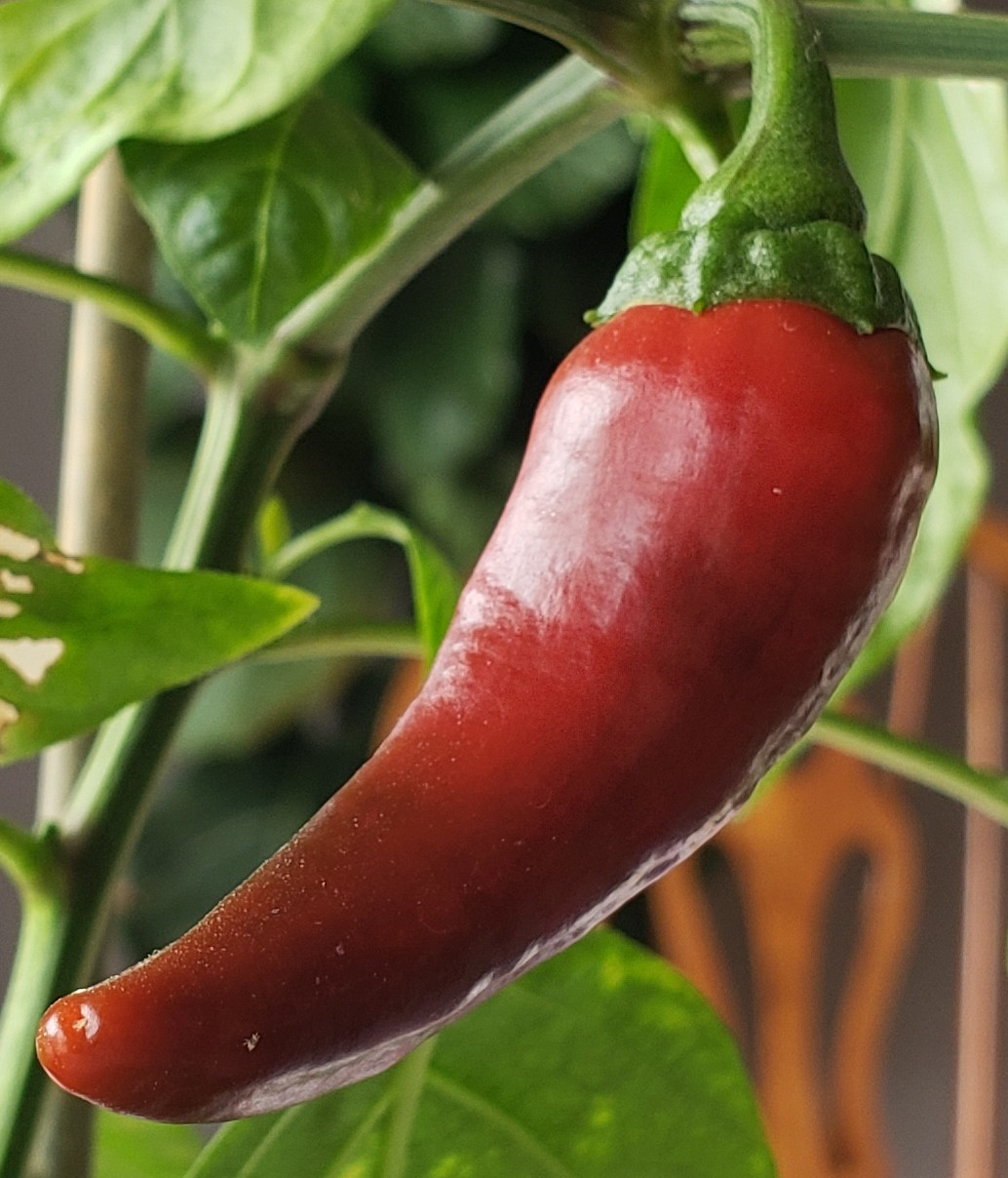Context: A couple of friends and I may be getting ownership of a pretty sizable chunk of land for free, and we've decided that we want to use that land and the buildings on it to address problems like food insecurity, as my area has the highest rates in the country. I'm not totally sure exactly how big the plot is yet, but it can already grow enough food to be self sustainable according to the current owner. It was previously used as a sustainable living project and retreat.
Our plan is to grow as much food as we can on that space, ideally using only volunteers and donated materials so that we can give it to kitchens and shelters for free. With this in mind, what can we do to maximize the amount of food we can grow in that space? We don't want to sacrifice quality for quantity, but we want to feed as many people as we can for as long as we can so quantity is very important.
- thefunkycomitatus [he/him,they/them]·4 years ago
- look into vertical farming. this will help use of space. there's a couple youtubers who grow market gardens on small acreage. I don't watch them personally but they always pop up in my feed.
- look into hydroponics for some plants. things like your leafy greens do really well and grow super fast with hydroponics. the method can be expensive upfront, so it's not good for everything.
- read up on your varieties. for example, some varieties of corn grow quickly but produce only one ear per stalk. some produce 2 ears per stalk, but take longer to grow. use that kind of timing to your advantage.
- your first harvest probably won't be big enough to do what you want. there's a lot that can affect your yields. watering habits (which take time to get used to), temps, and bugs can really impact your crops. watering isn't so bad if you can set up drip irrigation, which i recommend doing. watering by hand is trickier. it's always a balance between giving too much or not enough. both are bad. and you won't know either way until your plants tell you. temps are largely out of your control. temps over 90F are pretty much the same as being really cold. plants slow down growth to conserve energy. you have to play with what you got and that will take time to get the feel of the space and climate, even if you're experienced.
- pick hearty foods. potatoes are more nutritious and stretch more than lettuce. if you're donating to food banks, consider that a lot of stuff goes bad pretty quickly. you want stuff that can sit on a shelf or in a fridge for more than a week (probably idk how fast your food banks work). it may help to look into preservation methods like canning. it's more of a hassle, but will probably prevent waste in the long run.
- i would stay away from anything that takes too long to grow like asparagus, unless you can get it pre-started.
